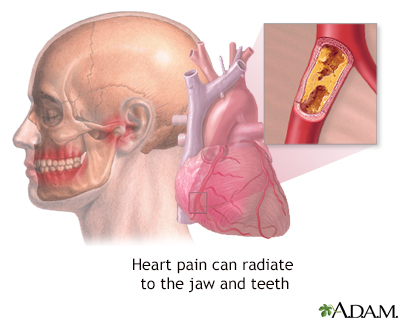
Because the symptoms affect other organs, a disease other than lung cancer may first be suspected as causing them. Sometimes these syndromes may be the first symptoms of lung cancer. These problems are called paraneoplastic syndromes. Some lung cancers make hormone-like substances that enter the bloodstream and cause problems with distant tissues and organs, even though the cancer has not spread to those places. While SVC syndrome can develop gradually over time, in some cases it can become life-threatening, and needs to be treated right away. It can also cause headaches, dizziness, and a change in consciousness if it affects the brain.
#Can eds cause upper chest discomfort skin#
This can lead to swelling in the face, neck, arms, and upper chest (sometimes with a bluish-red skin color). Tumors in this area can press on the SVC, which can cause the blood to back up in the veins. It passes next to the upper part of the right lung and the lymph nodes inside the chest. The superior vena cava (SVC) is a large vein that carries blood from the head and arms down to the heart. Pancoast tumors can also sometimes cause severe shoulder pain. Little or no sweating on the same side of the face.A smaller pupil (dark part in the center of the eye) in the same eye.

Drooping or weakness of one upper eyelid.Pancoast tumors can affect certain nerves to the eye and part of the face, causing a group of symptoms called Horner syndrom e: These tumors are more likely to be non-small cell lung cancer (NSCLC) than small cell lung cancer (SCLC). Horner syndromeĬancers of the upper part of the lungs are sometimes called Pancoast tumors.

Some lung cancers can cause syndromes, which are groups of specific symptoms.

Still, if you have any of these problems, it’s important to see your doctor right away so the cause can be found and treated, if needed. Most of these symptoms are more likely to be caused by something other than lung cancer. If you go to your doctor when you first notice symptoms, your cancer might be diagnosed at an earlier stage, when treatment is more likely to be effective. Most lung cancers do not cause any symptoms until they have spread, but some people with early lung cancer do have symptoms.


 0 kommentar(er)
0 kommentar(er)
